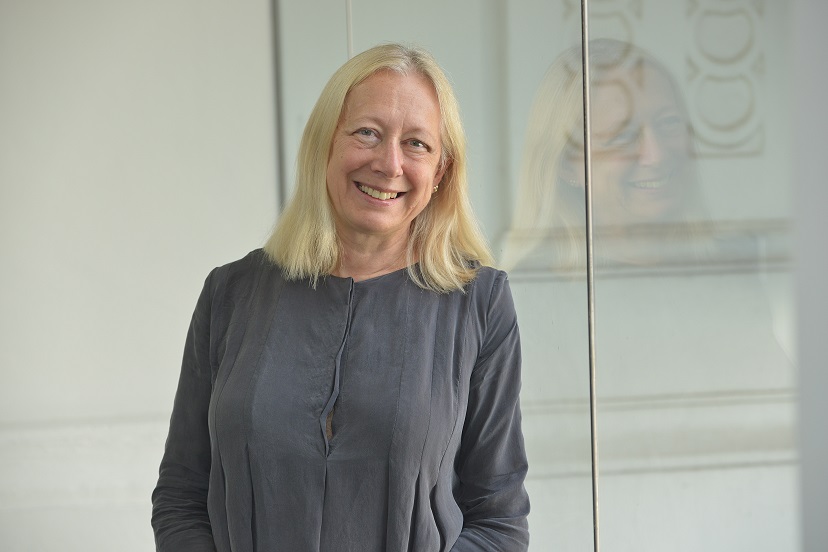Research: Medical students optimistic towards general practice and family medicine
By Professor Helen Smith, Family Medicine and Primary Care and Dr Fang Yang, Research Fellow, LKCMedicine
 Professor Helen Smith
Professor Helen SmithA research led by LKCMedicine’s Professor of Family Medicine and Primary Care, Helen Smith has found that more than half of medical students in Singapore are likely to pursue a career in General Practice and Family Medicine (GPFM). There were others, however, who are uncertain whether this career path can offer sufficient job satisfaction and career progression opportunities.
Prof Helen’s research team comprised of (from LKCMedicine) Research Fellow Dr Fang Yang; Visiting Senior Research Fellow Michael Soljak; Junior Doctor and former LKCMedicine Student Shawn Tan; and former LKCMedicine’s Research Fellow Humairah Zainal.
Back in 2017, the Ministry of Health (MOH) announced the “3 Beyonds” strategy to support Singapore's rapidly ageing population and the increasing need for chronic care. A key thrust in the strategy is “Beyond Hospital to Community” which involves shifting the care burden from hospitals to the community and hence the need to recruit more doctors into GPFM.
With a grant from the National Medical Research Council, Prof Smith and her team investigated the likelihood of medical students choosing GPFM careers. The findings were collated from close to 400 medical students who responded to an online survey on these topics.
The research concluded that medical students in Singapore value job satisfaction and career development opportunities most. Despite that, they still perceive GPFM as being more likely to offer reasonable working hours and closer patient relationships than specialty medicine, although it is less likely to offer the career advancement potential of other medical fields.
On the downside, the students reported having encountered derogatory comments about GPFM during their undergraduate training. These comments include doing mundane and repetitive work, a non-competitive career and that GPFM in general has poor clinical competence.
This research has direct implications for Singapore’s efforts to increase the number of doctors working in GPFM. To support the expansion of GPFM, medical schools in Singapore are training more doctors and have increased the proportion of residency openings in generalist fields, including family medicine. The findings give a clearer understanding of how, when and why medical students might consider a career in GPFM and thus meeting the objectives of MOH’s “3 Beyonds” strategy.
What then can be done to ensure that Singapore has a GPFM workforce to meet the changing needs of the population’s demographic and rebalancing the interface between primary, secondary and tertiary healthcare?
At a medical school level, the curriculum can be clearer in articulating the expectations from GPFM careers, provide better and increased opportunities for first-hand experience of GPFM. There should also be GPFM practitioners in teaching as there is no reason why a family doctor cannot teach the basic management of common acute and chronic diseases, and not always depend on organ specialists to do so.
Teaching should also highlight the depth and breadth of GPFM, such as the intellectual challenges involved when making diagnoses early in the development of symptoms and managing people with chronic disorders. With a better understanding of GPFM, students will be more aware of the potential impact of GPFM on patients’ well-being and the many opportunities for innovation and research.
The perennial challenge to GPFM in Singapore has been the resistance to recognise family medicine as a medical specialisation. This has persisted despite MOH’s addressing the urgent need to strengthen primary care as the foundation of its healthcare system. This conflict may inadvertently send the message that GPFM is essential but unworthy of recognition, potentially deterring interested medical students from pursuing this career choice.
Encouragingly, this research revealed that many students still express interest in GPFM careers. It is thus imperative for LKCMedicine as a medical school to promote and sustain this interest by providing plentiful opportunities for students to discover and develop their interest in GPFM. A highly-skilled and motivated GPFM workforce therefore is one of the keys to achieve the “3 Beyonds” and bringing our healthcare system to a level that will effectively care for everyone who needs it.

